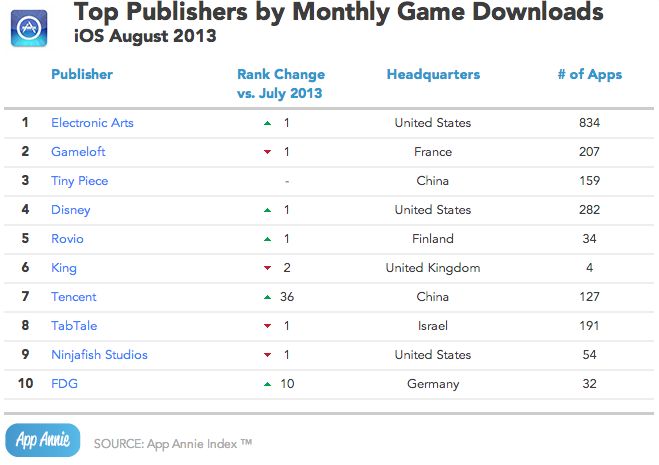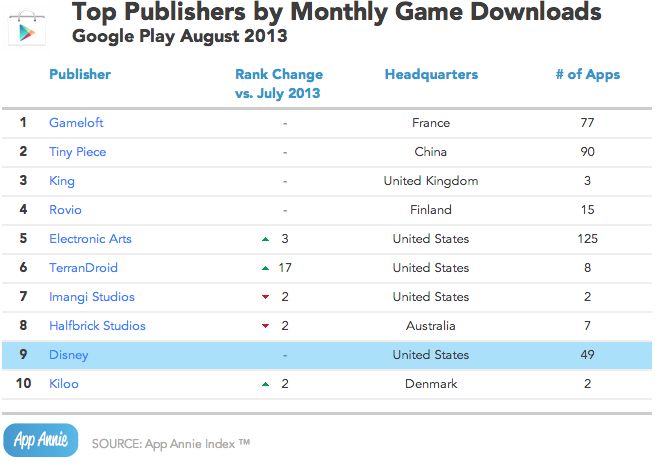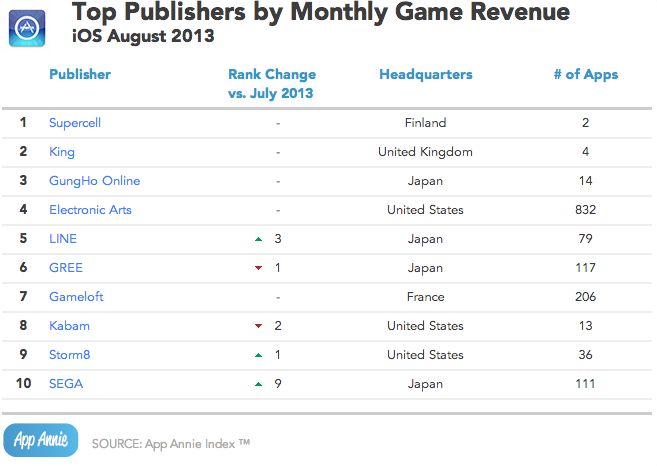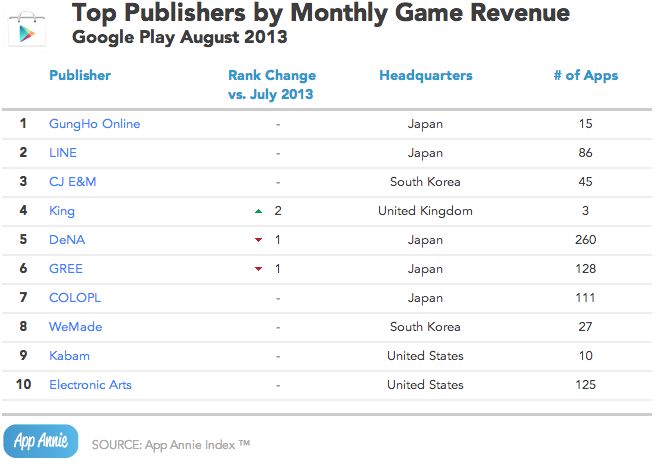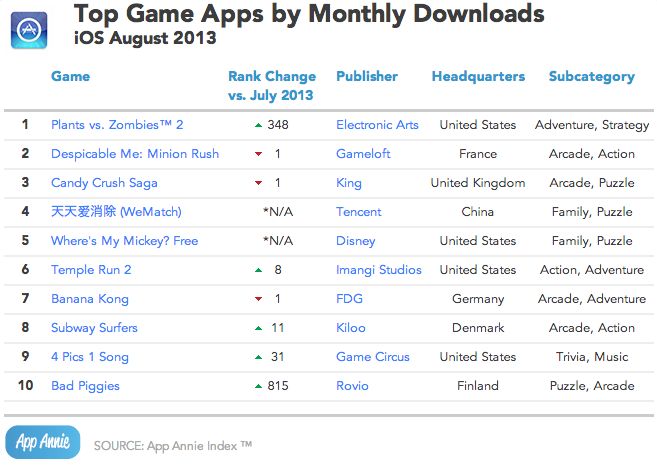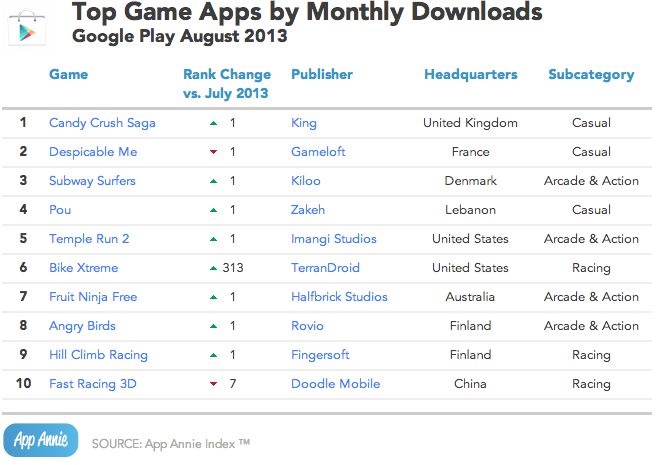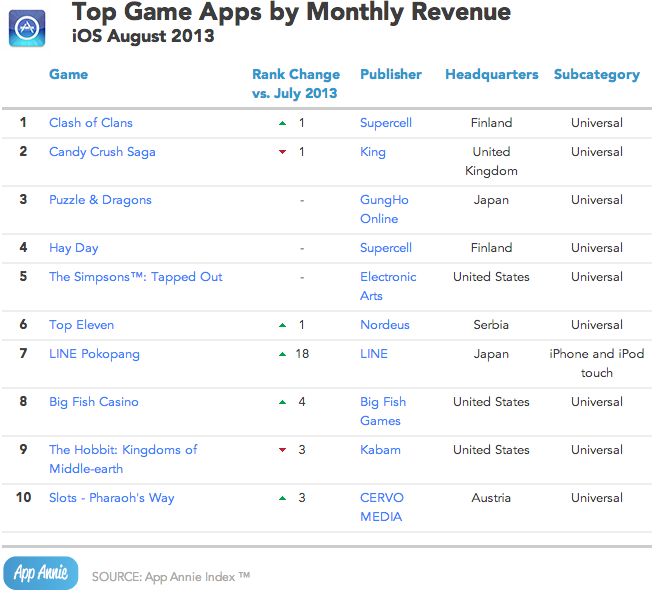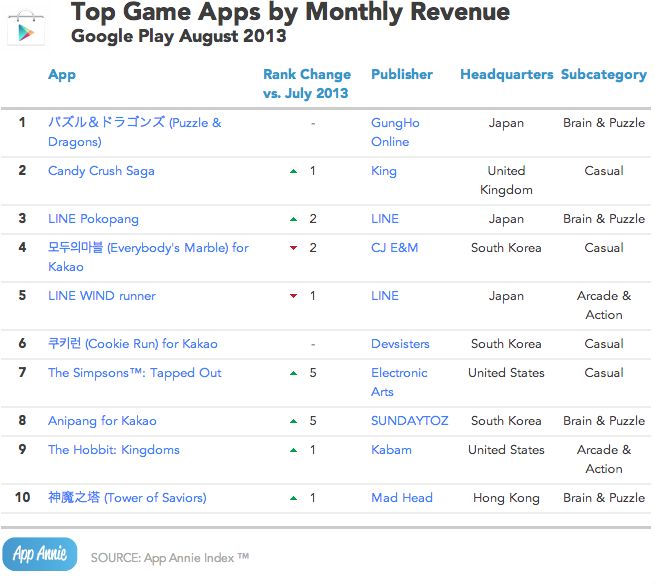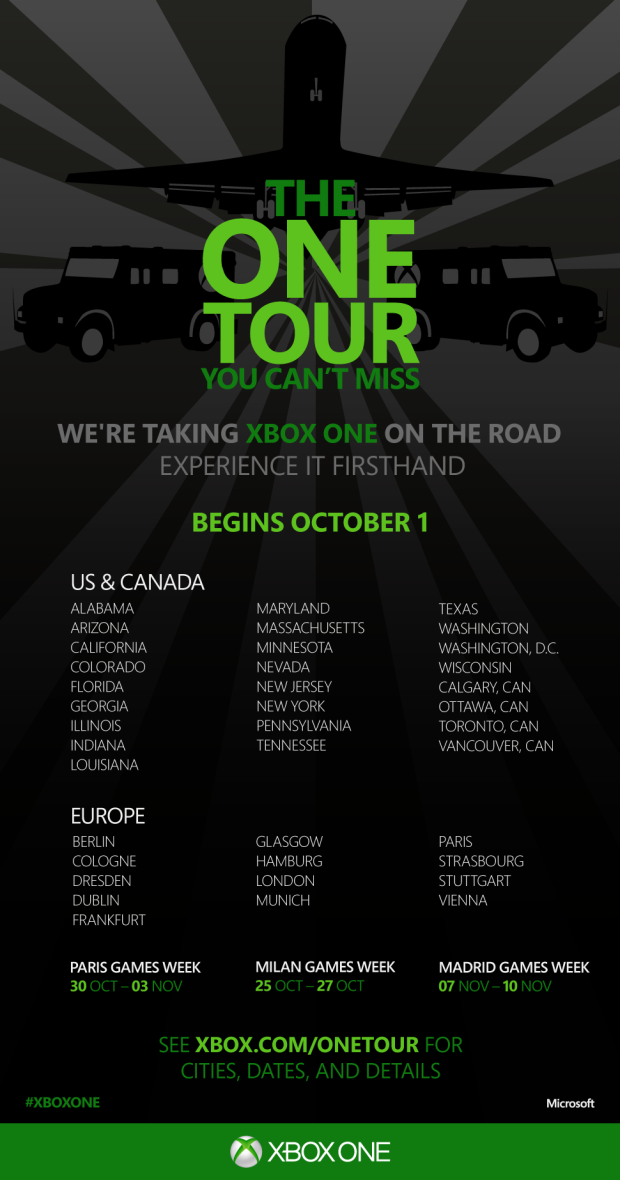Children of every generation have learned to operate under the watchful eyes of their parents and guardians. These days, considering that everyone including their grandparents are online, they’ve adapted to doing the same on the internet. According to recent Pew studies, the younger the internet user, the more likely they are going to use privacy settings on social media.
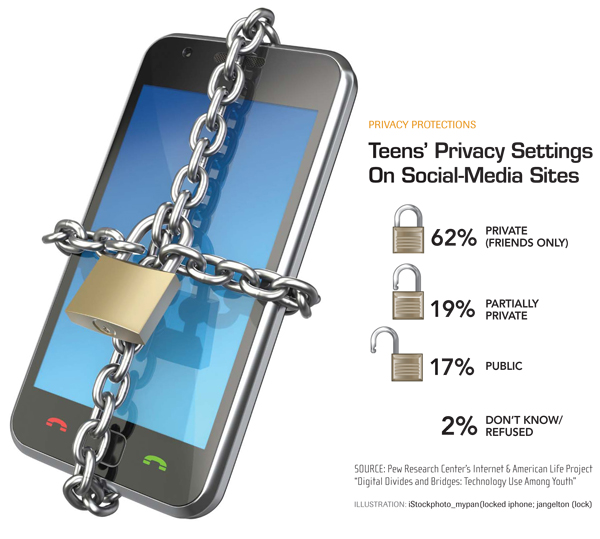
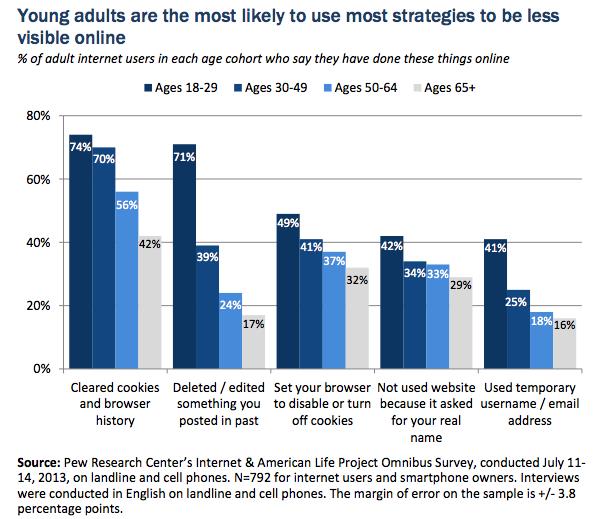
From turning off location-tracking features to clearing cookies and browser histories, children have caught on that learning how to use these features is part of growing up online. In one survey, Pew found that nearly half of teens turn of location tracking when they download apps, and the number skews much higher for girls.
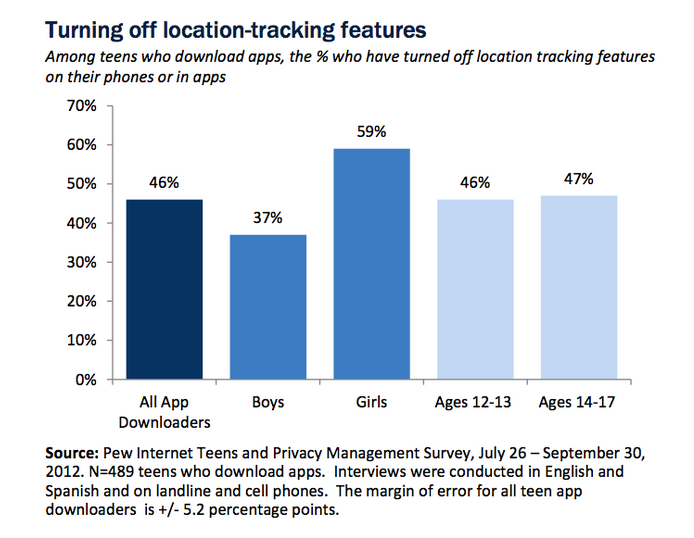
It’s more evidence that children are going to incredible lengths with some ingenious tactics for staying below the radar and some adults are fumbling with the most basic of privacy settings, if they are aware of them at all. That’s what Ars Technica editor Jacqui Cheng found while teaching at a six-week summer program to expose kids to technology. Cheng observed that young adults in her class had not only learned how to use privacy settings for online browsing but also discovered tricks to doing it, including one where they deleted their Facebook accounts then reactivated it between every session.
“They’re taking advantage of the fact that Facebook actually keeps much of your account information on its servers when you decide to ‘leave’ the service,” Cheng wrote in a piece about her experience. “[It allows] them to stay under the radar from nosy friend, parent, or public searches while they’re not online. Their photos disappear and their status updates go on the down-low “” at least until the next time they log back in by re-activating their accounts.”
Misdeeds by and protection of youth online is now a fixture in US society, and outside of Cheng’s insightful piece we had a couple more reminders this past week. On one side of the country there was California governor Jerry Brown signing a law last week that is being called the “Eraser Bill.” It allows minors to permanently delete posts on social media in an effort to protect them from sharing anything that could compromise future academic and career prospects. On the other side, dozens of teenagers implicated themselves in the ransacking of ex-NFL star Brian Holloway’s upstate New York home. The teens broke into the unoccupied house to throw a massive party and posted pictures on social media highlighting their misdeeds, which included causing $20,000 to Holloway’s home. Holloway’s son alerted his father to the incident as it was happening after coming across posts from the party on Twitter.
Sources: Medium
